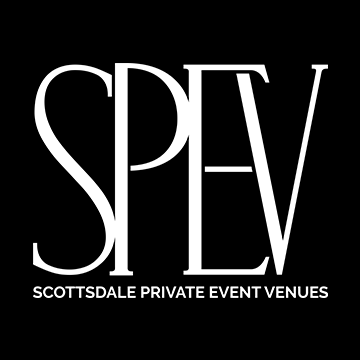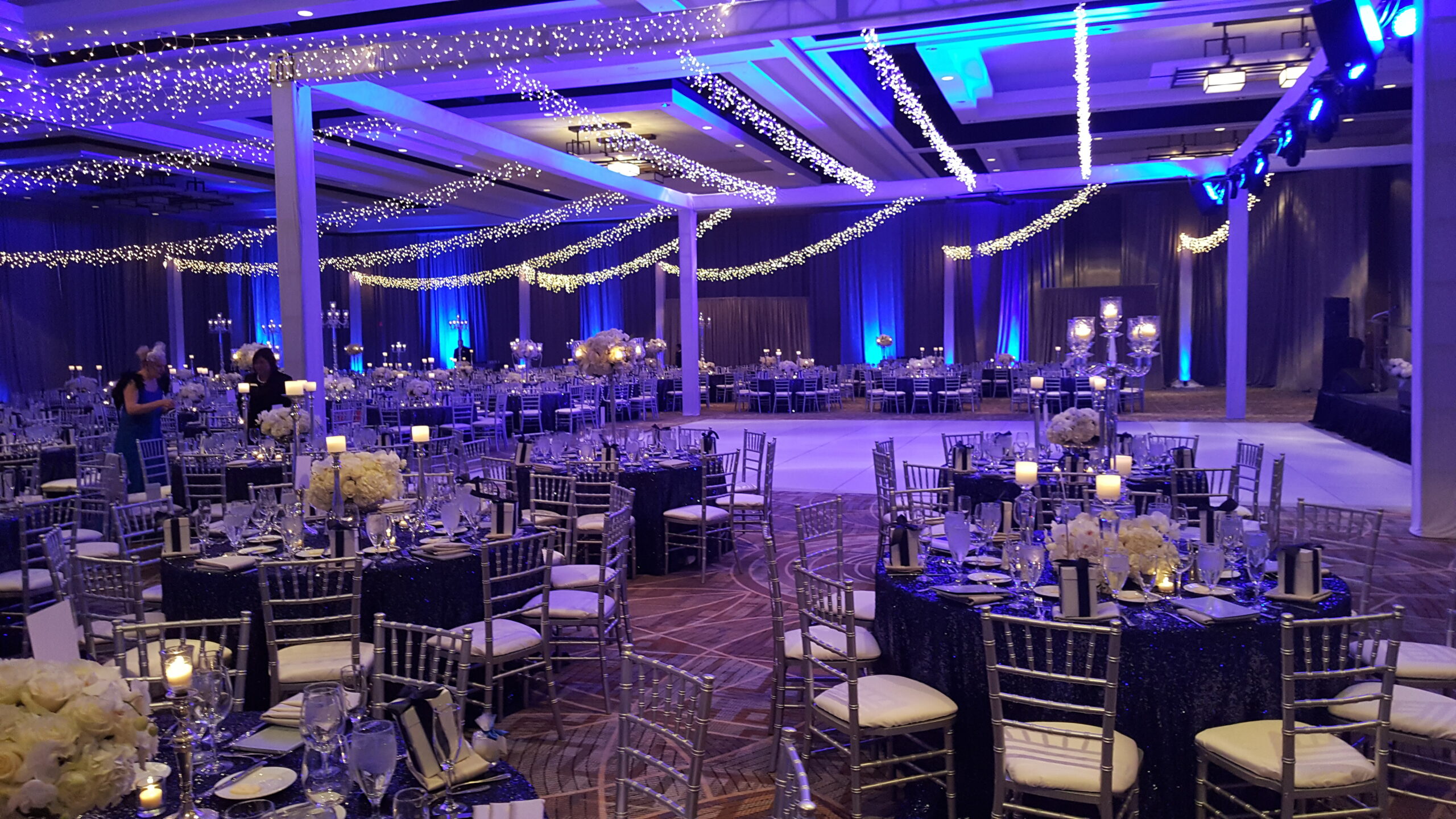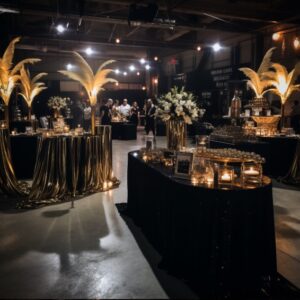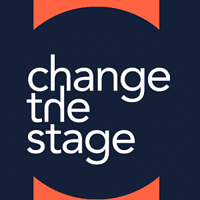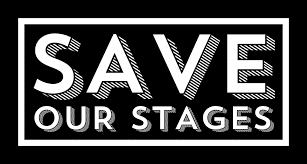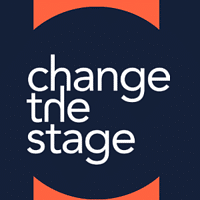Finding a Balance Between Event Design with Planning.
We all know the two stages of putting together a successful event: the design and the planning. Each of these components is equally important to achieving the client’s goals. But it’s important to keep them in a fine balance–especially when you’re handling both sides of the coin.
If you currently focus on planning or design but are looking to grow into a full-service firm. It’s important to understand the whole flow of the event process.
Generally, design is where you want to start out. You need to get an idea of what the client’s vision is for the final product and make decisions about how to reach that dream event. This is the stage where you narrow down the vendor options and put together a cohesive team within the given budget. For a full design and planning wedding, I like to give the design side of things about three to four months to really flesh out the details and get the ball rolling.
From there, it’s time to get into the nitty-gritty of production
This is where contracts are signed, deposits are paid, and agreements are finalized. On average, I give planning and production about seven to eight months to hammer out all of the details. During this time, we focus on coordinating all of the vendors involved so that everyone is on the same page and preparing for the big day.
Finally, we get into the last stretch–event management. This is typically done the week leading up to the event day and this is when we really break down the schedule and create minute-by-minute itineraries for the event team. Take this week to tie up loose ends and add any final touches to ensure that the event goes smoothly.
When working with clients on full-service weddings, we notice that they’re usually either design-focused or planning-focused. Thankfully, we’ve been seeing a shift away from the DIY Pinterest couples to those who are more concerned about the planning behind the event. However, many still want to design their day themselves and just have our team execute the day itself.
With that said, it’s important to get clients involved in both aspects–even if they tend to lean toward one side. Read your clients’ interests and get an idea of what excites them more. If they’re not so into organizing, we’ll handle that for them.
One thing that we’ve found to be helpful is to have a planning software program that allows you to collaborate with clients virtually. This will tell you very quickly how involved they want to be and in what areas. They’re able to contribute as much and as little as they want and you can take care of the rest.
Design, planning and management are certainly individual specialties. But they are all equally important puzzle pieces in producing an event from start to finish. Allowing them to intertwine is truly the key to a successful event!
Kim Sayatovic is the founder and chief creative officer of Belladeux Event Design, a full-service wedding and event design firm.
